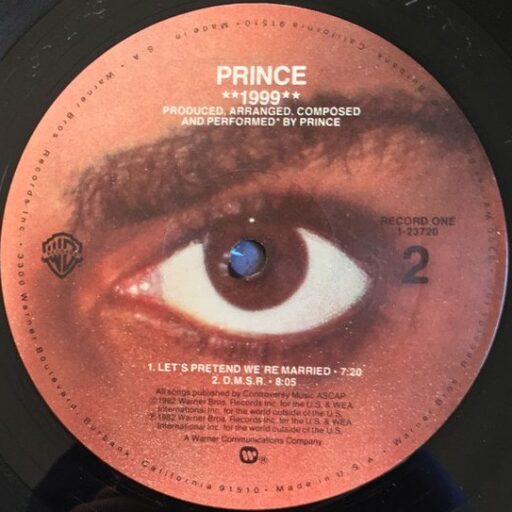Tag: paris
-
Podcast: 40 Years of Dirty Mind
Darling Nisi and Harold Pride return for a third episode in our series of in-depth retrospectives on Prince’s albums, this one for the 40th anniversary of 1980’s Dirty Mind.
-
Purple Music (Welcome 2 the Freedom Galaxy)
“Purple Music” feels like the private tinkering of an unhinged genius: a funky Aleister Crowley drawing ritual circles in his suburban Boleskine House; a post-disco Dr. Frankenstein cackling over his Tesla coil-powered drum machine.
-
Controversy, Part 2: Am I Straight or Gay?
While Prince’s flirtation with “post-racial” ideas in the Controversy era now seems antiquated and naïve, his similarly post-gender aesthetic feels remarkably ahead of its time.
